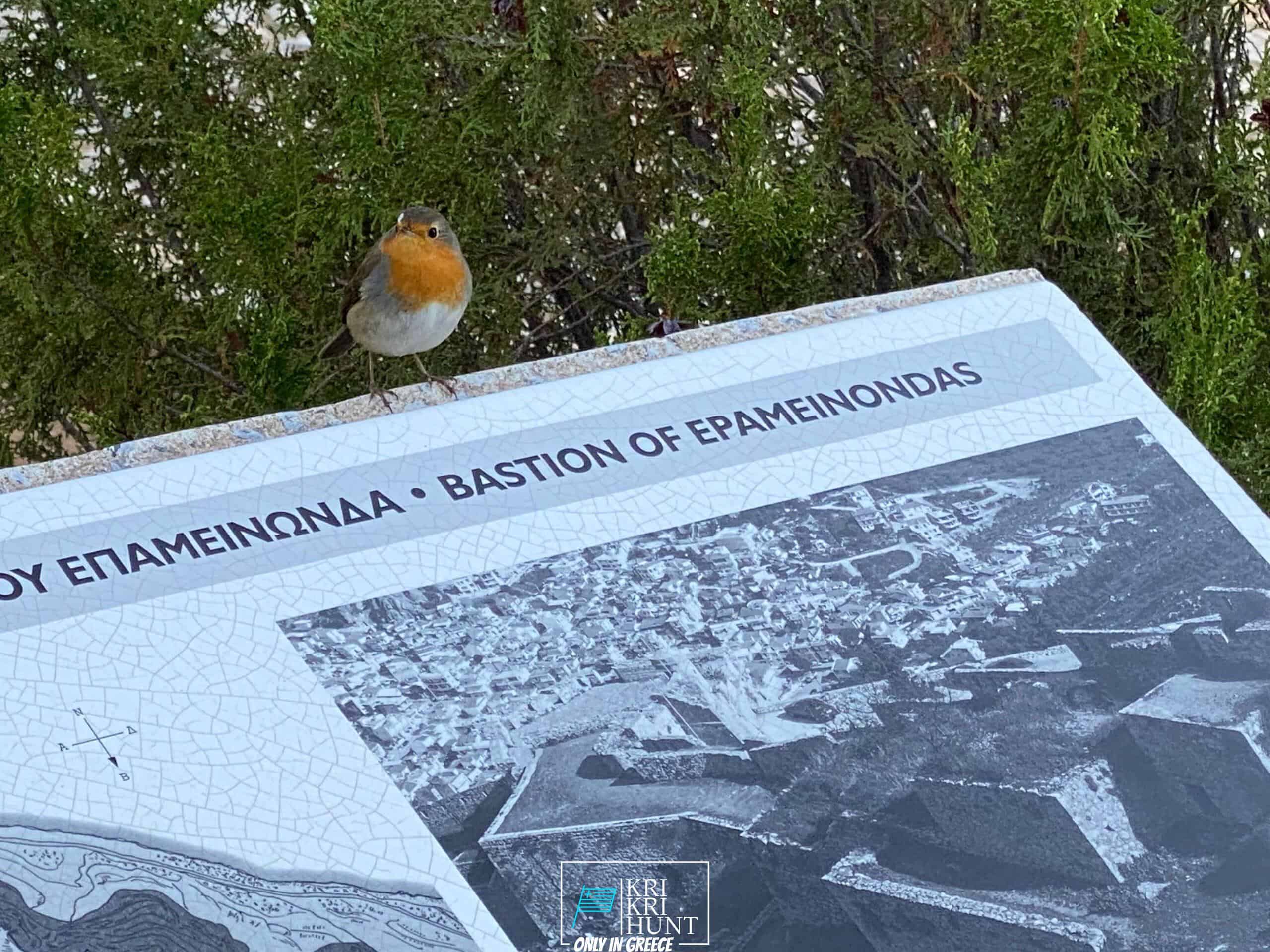
The ibex quest is an extraordinary trip as well as amazing hunting exploration in Greece. It is not constantly a tough hunt as well as undesirable conditions for many seekers. What else would you such as to imagine during your excursion of old Greece, diving to shipwrecks, as well as hunting for Kri Kri ibex on an unique island for 5 days?

Greece is an attractive nation with plenty of possibilities for tourists. There are spectacular beaches, old damages, as well as delicious food to appreciate. Additionally, there are numerous tasks offered such as biking, snowboarding, and also walking. Greece is the ideal location for any person searching for a holiday full of journey as well as excitement.
On our Peloponnese scenic tours, you'll get to experience all that this incredible region needs to provide. We'll take you on a trip of some of one of the most stunning and also historic sites in all of Greece, including ancient damages, castles, and extra. You'll additionally get to experience several of the typical Greek society firsthand by appreciating some of the delicious food as well as a glass of wine that the area is recognized for. And also obviously, no trip to Peloponnese would certainly be total without a dip in the gleaming Mediterranean Sea! Whether you're an experienced hunter searching for a brand-new experience or a newbie tourist simply wanting to explore Greece's spectacular landscape, our Peloponnese tours are ideal for you. So what are you waiting for? Reserve your trip today!
If you're looking for a genuine Greek experience, then look no further than our exterior hunting in Greece with angling, and also free diving trips of Peloponnese. This is an extraordinary way to see whatever that this amazing region needs to use. Book your scenic tour today!
What is the diference between Kri Kri ibex, Bezoar ibex and hybrid ibex
The kri-kri is not thought to be indigenous to Crete, most likely having been imported to the island during the time of the Minoan civilization. Nevertheless, it is found nowhere else and is therefore endemic to Crete. It was common throughout the Aegean but the peaks of the 8,000 ft (2,400 m) White Mountains of Western Crete are their last strongholds–particularly a series of almost vertical 3,000 ft (900 m) cliffs called ‘the Untrodden’—at the head of the Samaria Gorge. This mountain range, which hosts another 14 endemic animal species, is protected as a UNESCO Biosphere Reserve. In total, their range extends to the White Mountains, the Samaria National Forest and the islets of Dia, Thodorou, and Agii Pandes.
This Ibex is NOT a diminutive form of the Bezoar Ibex, which has migrated into the western-most reach of the range of this species. The kri – kri (Capra aegagrus cretica), sometimes called the Cretan goat, Agrimi, or Cretan Ibex, is a feral goat inhabiting the Eastern Mediterranean, previously considered a subspecies of wild goat. The kri-kri has a light brownish coat with a darker band around its neck. It has two horns that sweep back from the head. In the wild they are shy and avoid tourists, resting during the day. The animal can leap some distance or climb seemingly sheer cliffs.
“The agrimi goat Capra aegagrus cretica is unique to Crete and its offshore islands. It has been identi®ed as a sub-species of the wild bezoar goat Capra aegagrus aegagrus Erxleben, 1777, which it closely resembles in horn shape, body form and coloration. This classi®cation has been disputed by some researchers who claim that the agrimi are feral goats, derived from early domestic stock brought to the island by the ®rst Neolithic settlers. In order to clarify this issue, DNA analyses (cytochrome b and D loop sequences) were carried out on tissue of live and skeletonized agrimi and compared to sequences of wild and domestic caprines. Results conclusively show the agrimi to be a feral animal, that clades with domestic goats (Capra hircus) rather than with wild Asiatic bezoar. This study demonstrates that morphometric criteria do not necessarily re¯ect genetic af®nities, and that the taxonomic classi®cation of agrimi should be revised.”